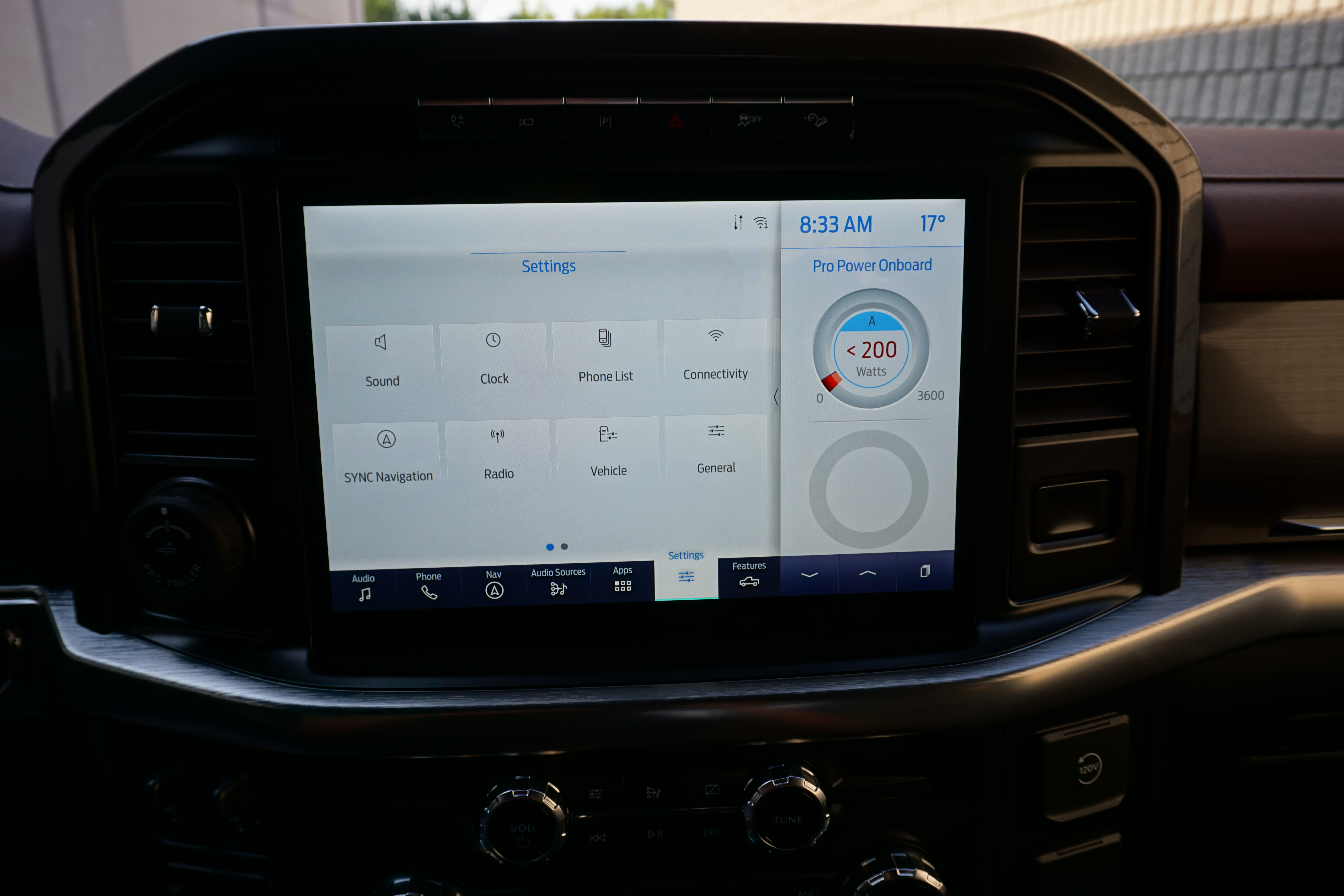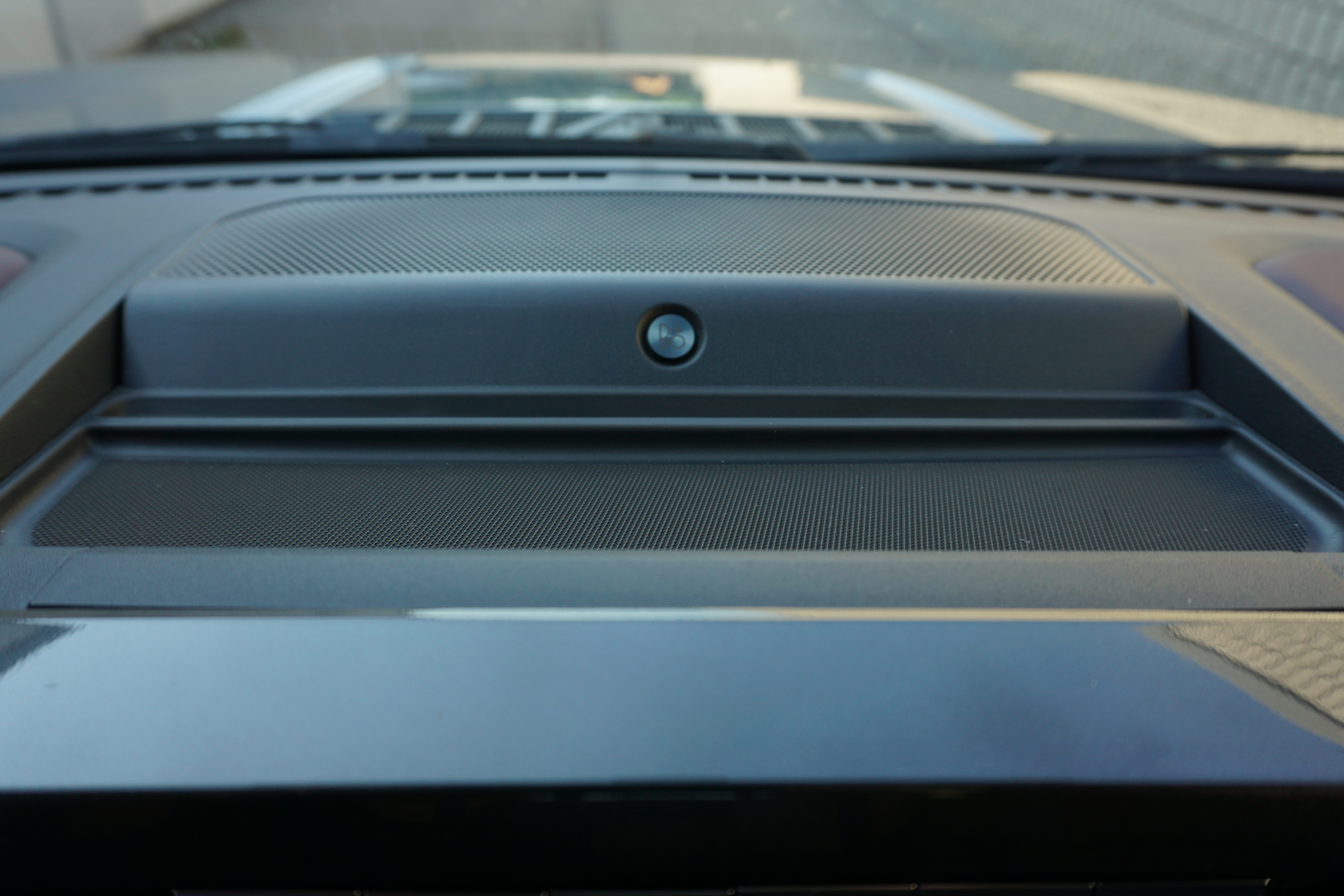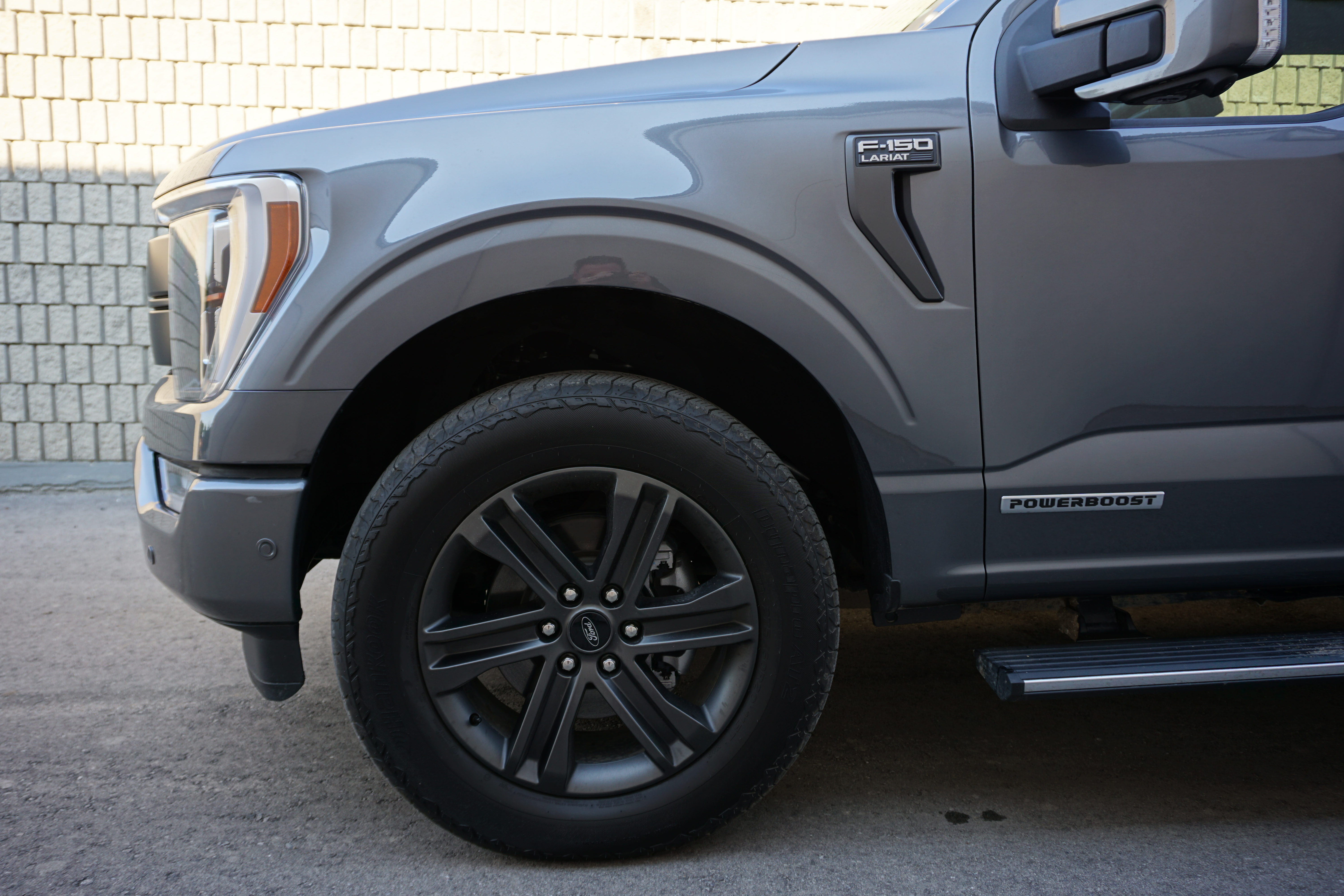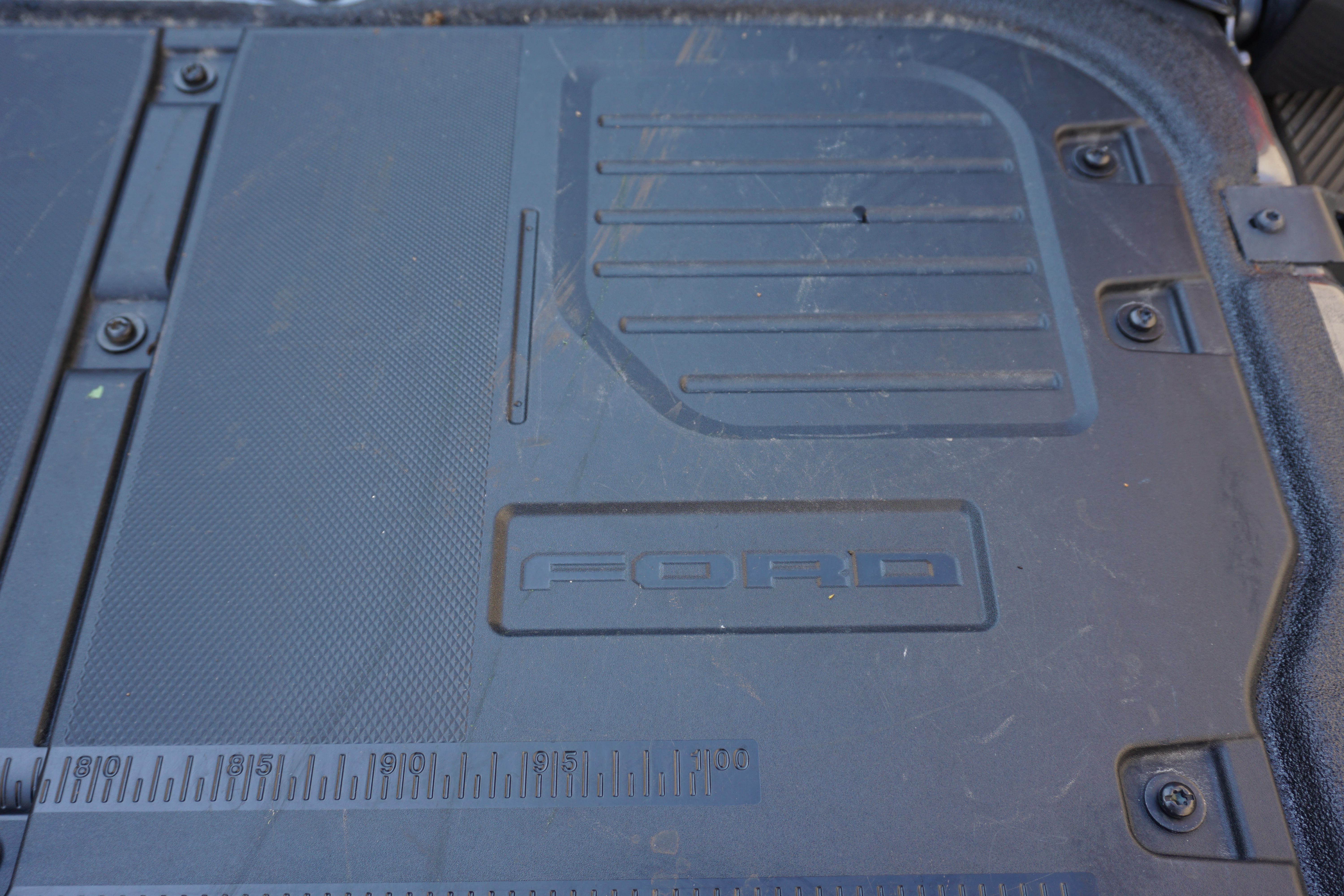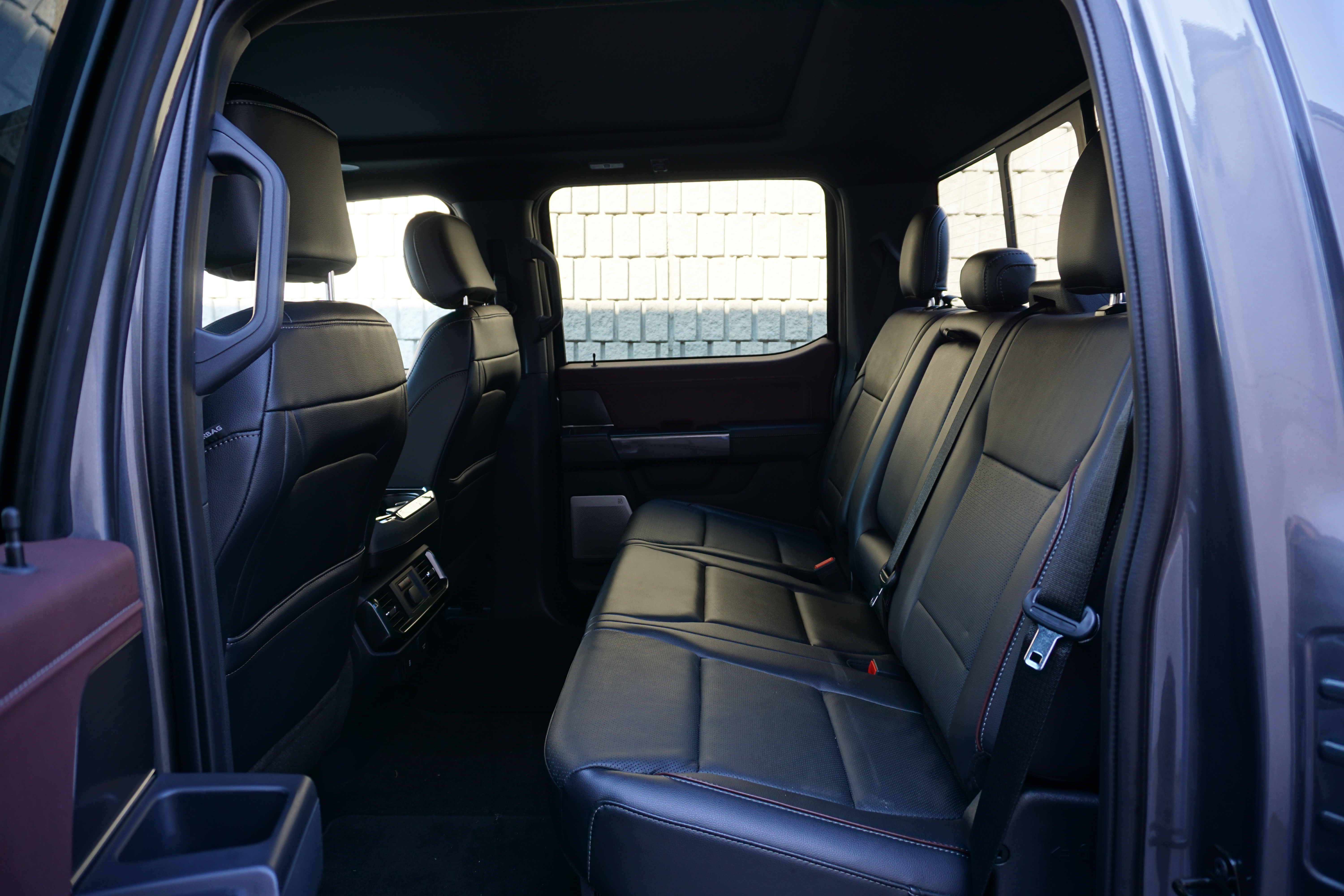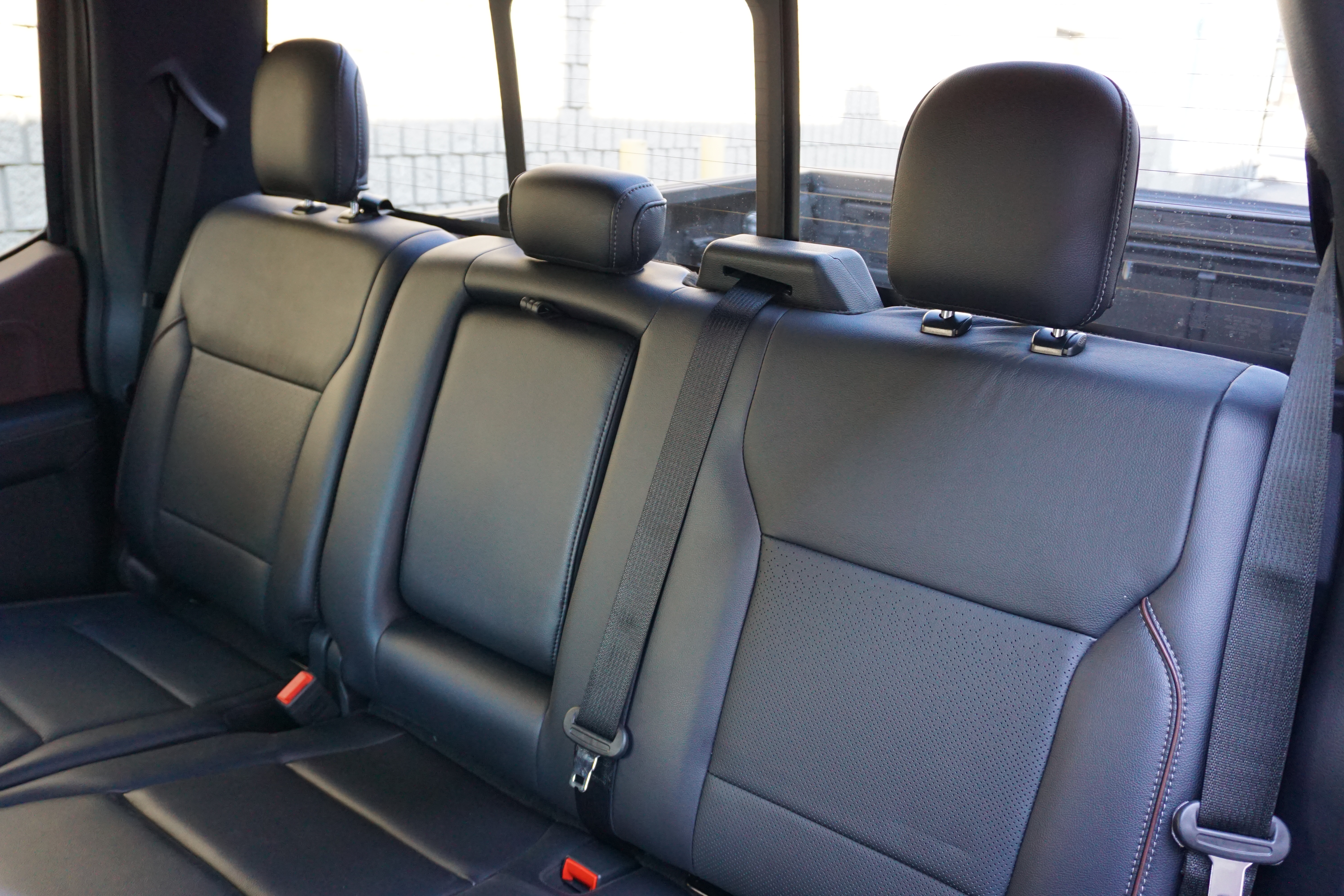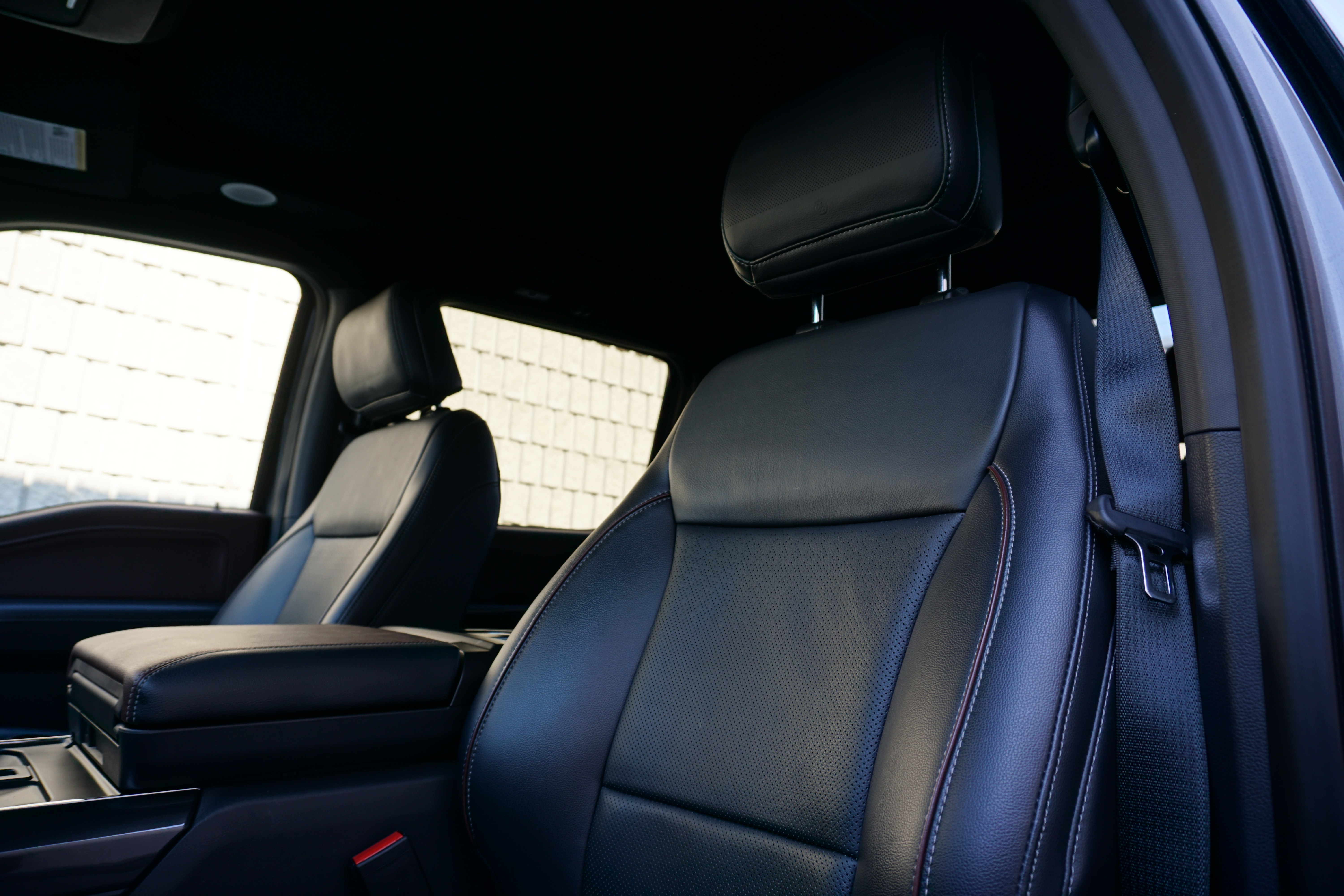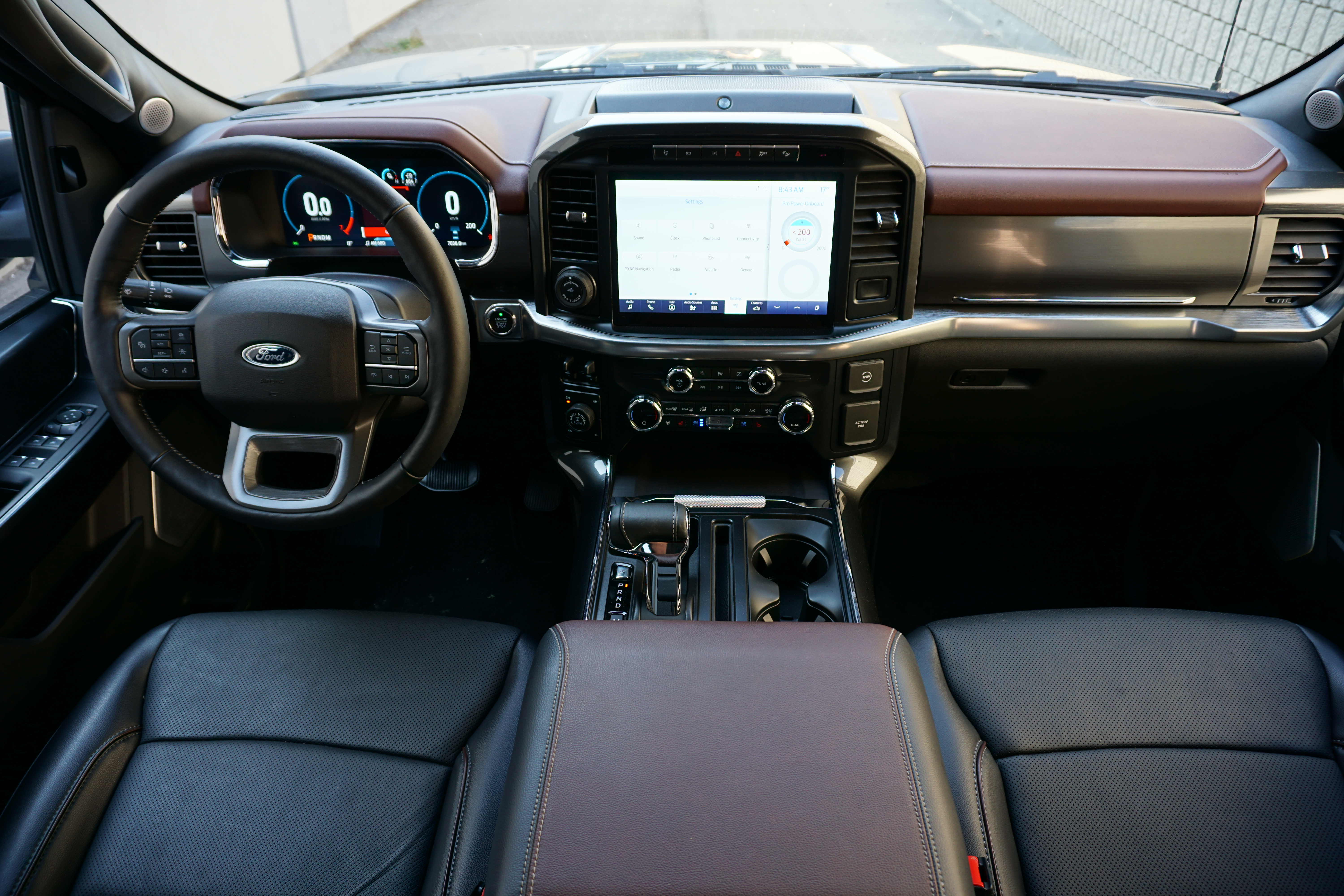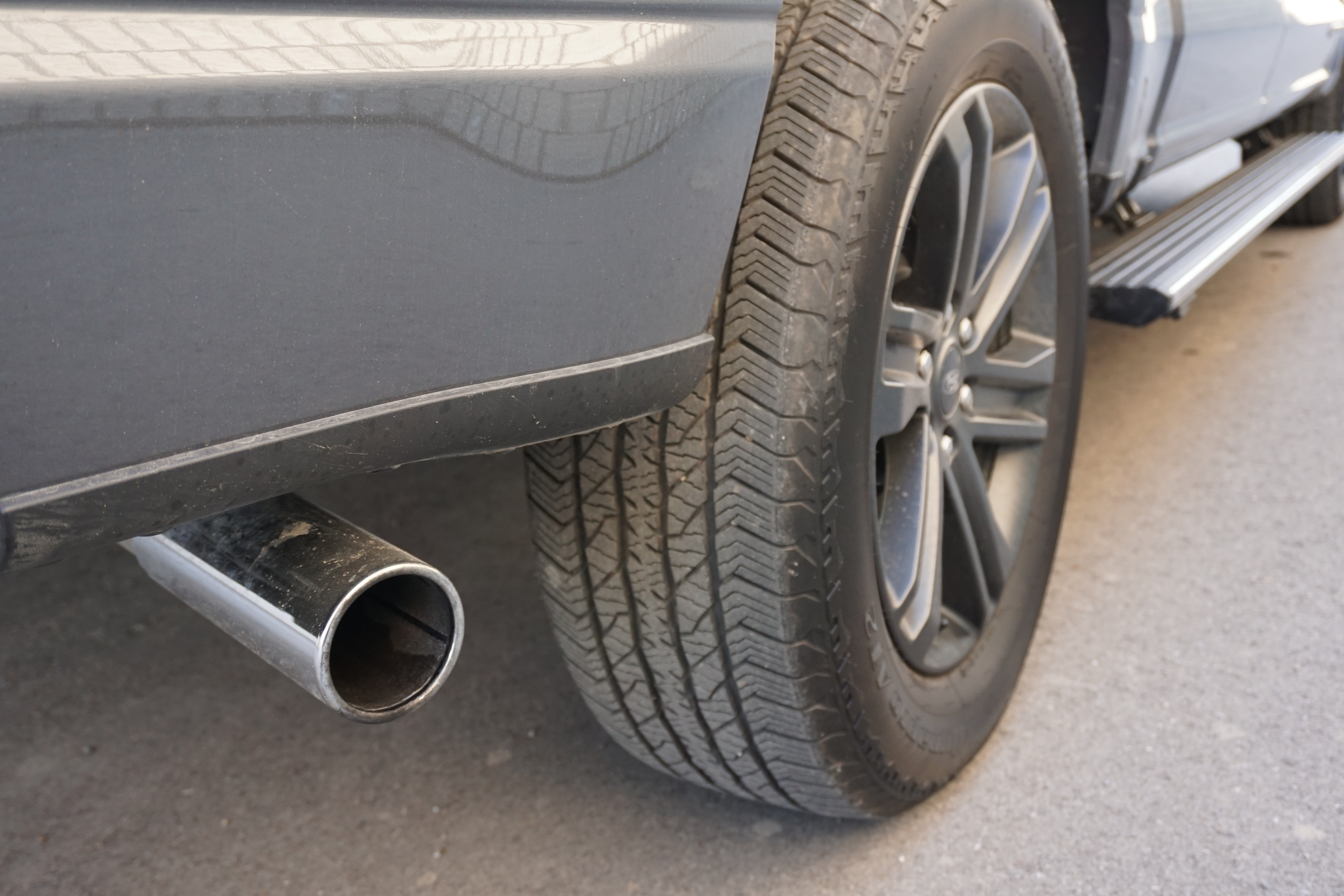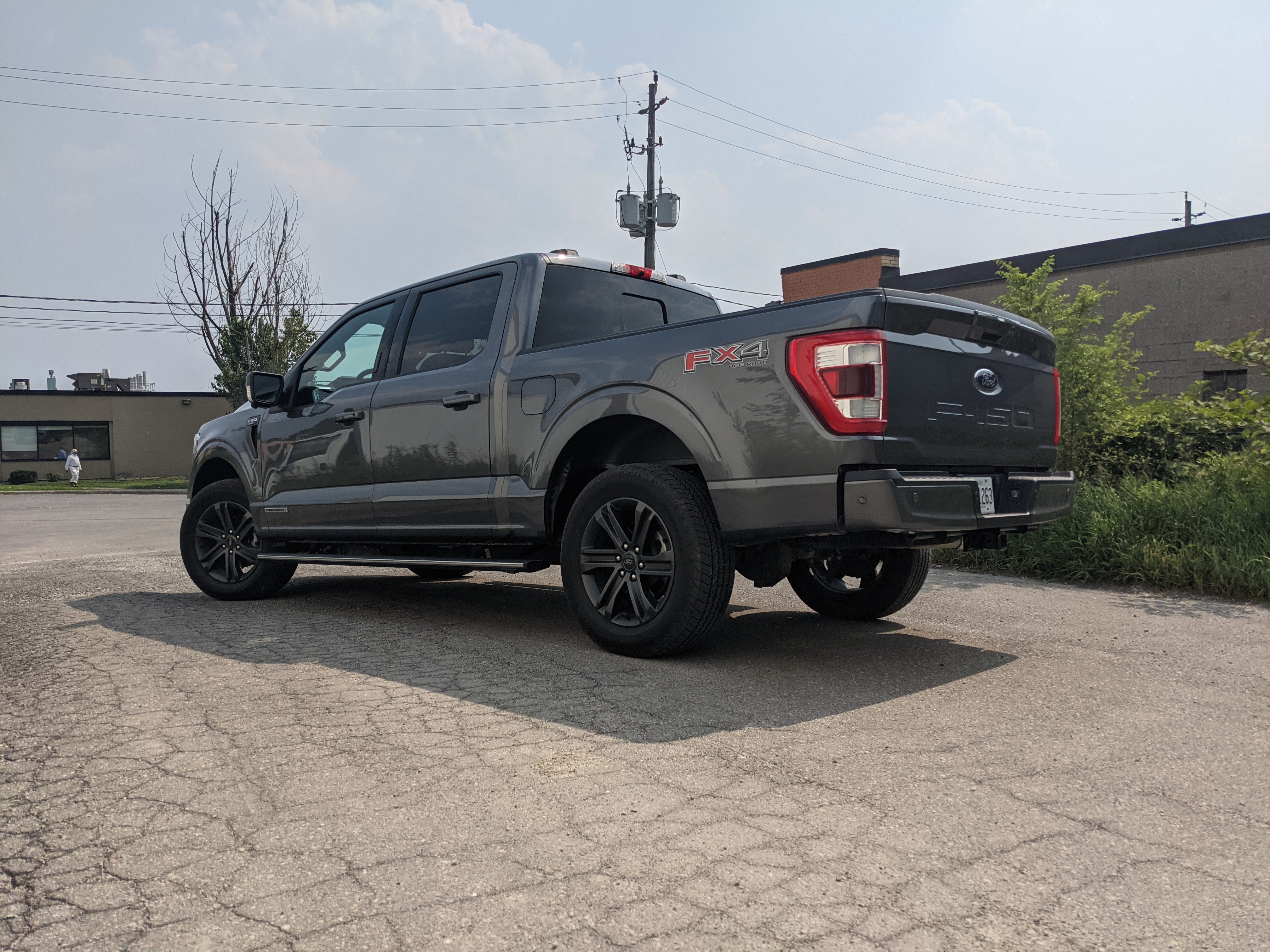Words by: Adam Allen
Uncle Shelly has always been a Ford guy at his core; always has been, always will be.
His cottage was the first destination we plotted after picking up Ford’s latest F150 model, but this one came with a twist- it was packing a hybrid drivetrain dubbed Powerboost and we wanted to see what someone who has wheeled an F150 for the last 41 years thought of this newcomer- how would it fare under the scrupulous but loyal eye of ol’ Uncle Shell?
Shaking his head in amazement at the Lariat-trimmed model we brought over features an almost dizzying amount of complexity, a stark opposite to the trucks he typically buys for their relative simplicity. Yet he loved the idea of increased efficiency courtesy of all-electric motors that doesn’t come with a compromise for what the F150 does best: towing and hauling stuff. The idea of powering a remote job site or stepping in as a household generator in a power outage sealed the deal for him.
So, a hearty two thumbs up, then.
On our way home we began to rough in our review of the truck in our minds and decided we would focus on the Powerboost angle to help you discover what makes this truck tick. You already know all about the F150 because they have been around forever and have sold millions upon millions of copies. Fun fact: if Ford exclusively sold F150’s they would still be a huge Fortune 500 company. The capability they build into each one gets better with each passing generation and they can handle much more abuse than the vast majority of their owners will ever throw at them.
The first thing that struck us as we clambered aboard using the power retracting running boards was how incredibly nice our tester was, even in kinda-sorta mid-level Lariat trim. We were greeted by a crisply rendered digital dash, the latest generation of SYNC infotainment and leather-trimmed seats that were both heated and cooled. A Bang and Olufsen sound system kicked out the tunes and the gear lever silently tucks away into the console lending a flat tabletop surface for your laptop or your greasy lunch spread. Uncle Shelly astutely noted that this rig could be confused for a luxury car- trucks have certainly come a long way from his stereo-free, three on the tree vinyl bench seat models from some decades past.
Once we picked it up and after getting acquainted with the controls, pairing phones, and adjusting mirrors, we popped the F150 into gear and silently headed off. Then, because we’re hopelessly juvenile, we found a deserted straight road and stopped the truck, at which point we nailed the throttle to the floor. Followed by a small chirp from the rear tires, the F150 scooted forward with an urge we’ve not felt since we drove a Raptor a few years back. Although we don’t strap testing gear to the vehicles we review, our finely calibrated keisters estimate that this truck can go from rest to highway speeds in under 6 seconds, making it the second quickest Ford truck you can buy after the Raptor, a gap that will surely widen when the Raptor R is released (rumored to be powered by a version of the GT500’s supercharged V8.) 570 pounds-feet of torque is a lofty number, and it allows for acceleration that comes as a genuine surprise in something that tips the scales at 2,645 kg.
If you engage in this behavior often, you will not see anything to brag about if stellar fuel consumption which is hardly surprising. Instead, driven normally, the Powerboost will return spectacular efficiency over its stablemates and competition alike. Over the course of our week spent in the truck, we set a never-before-seen record (for a pickup) in the Carpages Garage with a sparkling 11.9L/100km final tally in a truck that weighs in at nearly three tonnes. Even more staggering was our milage on a trip exclusively made on the highway, and that number was an almost unbelievable 10.8L/100km. For those who doubt hybrid tech and say it has no business being fitted to a truck, allow us to gently help to remove your foot from your mouth.
Another figure that left us shaking our heads in awe: the trip computer gives you a readout of all the electric-only driving you’ve done, and when we gave the keys back the number was 160 kilometers. Given the number of kilometers we put on for the week, that number represented close to 25% of all the distance we traveled under smooth, silent, electric power with nary a drop off-gas burned. When we shared these data points with an equally flabbergasted Uncle Shelly, he confided that he would have thought that to be impossible even 5 years ago when he purchased the F150 he’s currently driving now.
All these heaps of technology and engineering know-how have undeniably given us a new breed of truck, one that tries to let you have your cake and eat it too. The biggest flaw we uncovered with the Powerboost F150 was borne from its greatest strength, and that is the integration of the two parallel drivetrains. On the highway, the truck cycles from electric-only to gasoline power perfectly seamlessly, your only clue being the digital readouts on the dash and if you listen carefully, the absence of engine noise. But in situations like puttering around town or navigating a stop-and-go traffic jam, the Powerboost bits can seem a bit flummoxed and unsure of itself which manifests as a lurch, the occasional clunk, and sometimes unwelcome stutter. Since this is the first truck of its kind for Ford, we think the legion of engineers assigned to F150 development should be able to smooth all that out eventually. Other than that, only a little bit of suspension judder resulting from driving with an unladen bed around our pock-marked streets, we really couldn’t find anything to complain about with our F150 (actually, ride quality is superb most of the time.)
Here’s another problem, but it’s not the F150’s fault- people still insist on buying trucks like this as a grocery-getter, a conveyance to get to work and back and to get the kids to hockey practice. In those situations, it works perfectly fine, excelling even. But there are much better choices if these are the duties you aim to press your daily driver into, like smaller crossovers and even sedans (remember those?) It’s a case of excess overkill, and parking will be a chore around town, and you might want to make sure you are sitting down the first time you fill your fuel tank from empty. Driving our Powerboost over the course of the week, we understand why folks continue to be smitten by pick-ups- they are an extremely versatile vehicle and now more than ever, a pleasure to drive.
Until the F150 Lightning arrives, the Powerboost models will act as a bridge between the worlds of internal combustion power and fully electric. You might even say that it offers the best of both. For those that use their trucks as they were intended, the fuel savings and the ability to turn one’s truck into an office and power their tools in the middle of nowhere, the F150 Powerboost makes for a very compelling choice. GM and Dodge don’t currently offer a hybrid drivetrain (yet), so Ford has the market cornered for now. There’s a reason that this truck is constantly at the top of the list of most popular vehicles in North America, and that is because it is the best of the bunch. If you’re thinking while reading this that the benefits of a Powerboost F150 might be right for you, take one for a drive.
Uncle Shelly would approve.
2021 Ford F150 4X4 Supercrew Powerboost- Specifications
- Price as tested: $83,165
- Body Type: 4-door, 5 passenger truck
- Powertrain Layout: Front engine/four-wheel drive
- Transmission: 10-speed automatic
- Engine: 3.5 litre twin turbocharged V6, 24 valves, DOHC
- Engine Horsepower: 400 @ 5,000 rpm
- Engine Torque (lbs-ft.): 500 @ 3,500 rpm
- Combined System Output (featuring 1.5 kWh battery) 430 horsepower and 570 lbs./ft of torque
- Curb weight: 2,645 kg (5,832 lbs)
- Observed Fuel Consumption: 11.9L/100km (20 mpg)
